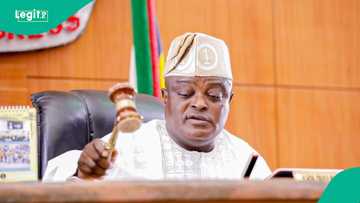
Agege
Agege Local Government Area (ALGA) spans approximately 18 square kilometres in Lagos state, Nigeria. Bordered to the north by Ifako/Ijaiye, to the west by Alimosho, and to the east and south by Ikeja, Agege sits strategically within a densely populated urban corridor of Lagos metropolis. Despite its modest size, ALGA plays a significant role in Lagos’ urban and political development.
Historical roots of the Agege community
The Agege community predates the administrative unit now known as ALGA. Its origins trace back to the 17th century when the Awori-Yoruba people, dispersing from Isheri-Olofin, established a settlement at Orile-Agege. This original homestead formed the cultural and ancestral heart of the community.
However, a major turning point came in the late 19th century with the construction of the Lagos-Abeokuta railway line by British colonial authorities between 1895 and 1911. A new settlement emerged around the Agege railway station, eventually surpassing the original Orile-Agege in population and economic significance due to its superior connectivity and access to trade.
Evolution of local governance
By the early 20th century, the expanded settlement began developing its own political institutions. The community was divided into four wards, each governed by a council of eight male elders. In 1952, younger men were integrated into these councils, doubling membership to 16 in an effort to strengthen local administration.
In 1954, Agege became the headquarters of a District Council carved out from the Ikeja Native Authority. This marked its first formal administrative recognition. However, the restructuring of Nigeria’s federal system following independence, and the eventual creation of Lagos State in 1967, temporarily subordinated Agege to Ikeja once more. Full autonomy as a Local Government Area was only achieved in 1989.
Subsequent territorial reforms led to the creation of Alimosho (1991) and Ifako/Ijaiye (1996) from the original ALGA boundaries. Amid these changes, the community's ward structure provided continuity and administrative resilience.
Agege in the context of Lagos state development
Agege’s political trajectory reflects the broader evolution of local government in Lagos. Initially focused on Lagos Island and its immediate environs, British colonial administration expanded into the hinterland unevenly. The Northern District, where Agege was situated, received limited investment compared to the Island.
In 1927, local district councils were created, starting with Agege and later including Ikeja, in a bid to decentralize governance. World War II disrupted further administrative plans, and political tensions in post-war Nigeria eventually led to Lagos’ reclassification.
Under the 1954 Lyttelton Constitution, Lagos Municipality became a Federal Territory while suburban districts like Agege remained under Western Region jurisdiction. This division persisted until 1967 when Lagos State was created, integrating mainland areas such as Agege into the new state entity.
By the 1950s, Agege had already established itself as one of four key district councils within suburban Lagos, alongside Mushin, Ikeja, and Ajeromi. These districts were governed from Ibadan under Western Region authority until the political restructuring of the 1960s.













